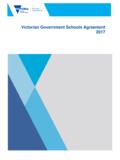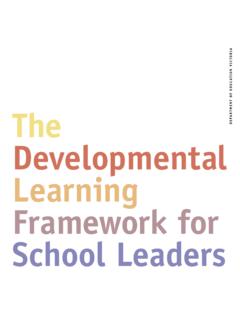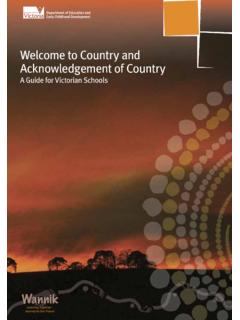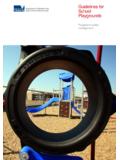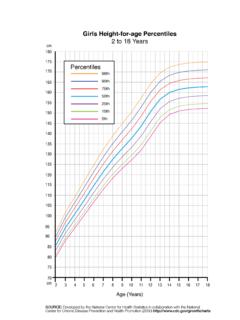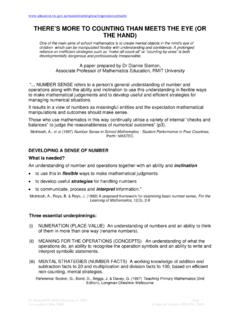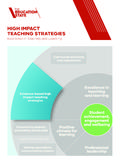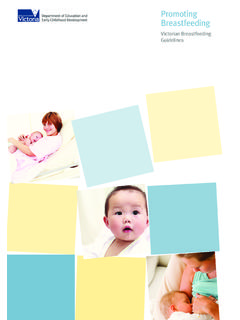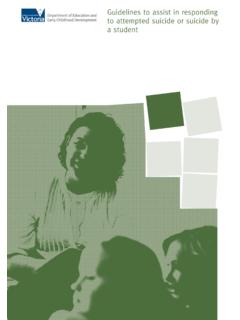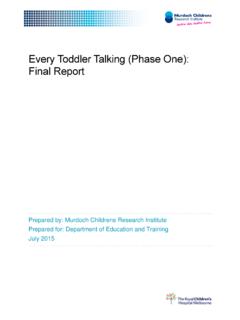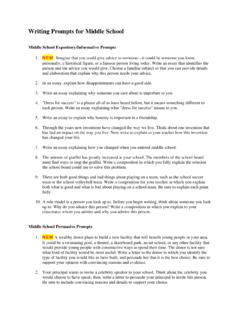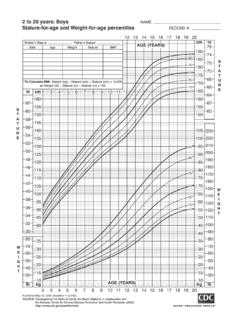Transcription of School Transition And Resilience Training
1 School Transition And Resilience Training 1. 2. Introduction pg 5. An Overview of START pg 8. Key Findings pg 9. Teaching and Learning Principles pg 11. Getting 'Start'ed pg 13. Year 6 Transition Activities pg 15. Year 7 Transition Activities pg 34. Activities developed for Year 6 or Year 7 pg 57. Being your own best friend pg 78. Habits of Resilience pg 100. 3. 4. Introduction School Transition And Resilience Training (START) is a program encompassing The Framework for Student Support Services in Victorian Government Schools and the middle years of schooling theory and practice strategy. The START program embodies core aims expressed in The Framework for Student Support Services in Victorian Government Schools (The Framework).
2 The START program has been designed to assist schools to plan and implement crucial primary prevention strategies to build belonging and promote wellbeing in all students as they reach a stage of potential vulnerability. The START program materials support schools to address the needs of students at this point in their development by: making connections between curriculum and student welfare agendas encouraging the use of local primary and secondary School networks to jointly develop approaches to student Transition promoting strategies for whole School and classroom organisation that contribute to a safe and supportive School environment providing curriculum materials to strengthen student Resilience exploring approaches to improve family and local community involvement enabling teacher team work, mutual support and ongoing professional development across primary and secondary schools.
3 This resource is well grounded in middle years of schooling theory and practice, and provides teachers with many innovative teaching and learning ideas. During the middle years of schooling young adolescents are confronted with rapid physical, emotional and intellectual changes while simultaneously seeking to establish their own place in the world. Many educators have recognised that schools need to change significantly at the Years 5 - 9 level in order to better assist young people through these changes. The Department of Education and Training (DE&T) has recognised the importance of the middle years and the impact these years have on students, and has developed a comprehensive strategy to support schools to ensure they are best meeting students' needs.
4 5. The DE&T Middle Years Strategy aims to: apply a general design approach to whole School improvement focus on improvement in student literacy and numeracy levels, student attitudes, attendance and retention pay particular attention to under achievement by groups of students such as boys , Koories and new arrivals. Transition is one element in middle years reform and an important one, but in order to be effective it needs to be part of an ongoing broader middle years agenda. In the general context of School change it has been observed [ ] that piecemeal attempts to provide quick-fix solutions do not work. This is because what are perceived to be individual and isolated problems are, in fact, elements of a much more global issue affecting the School .
5 If, therefore, they are treated as individual circumstances, they will falter or fail completely. Therefore any thought process which perceives of students as moving from one School to another in a complete change of culture on a single day is obviously not going to work. The Transition process must be seen as part of the whole- School strategy for the middle years of schooling. Middle Years Matters, The State of Victoria, September 2000. Central elements of a comprehensive middle years strategy will include: a whole School approach to addressing the needs of students in the middle years use of a specific School improvement model - the Hill and Crevola model effective School cluster cooperation and collaboration over time linking with the latest research linking with curriculum and teaching and learning reform ongoing teacher professional development.
6 As such, the role of the START resource kit is to provide activities and strategies to assist students to develop Resilience and to successfully make the Transition from primary to secondary schooling. It will be most effective when used as part of a broader whole of School , cluster-based middle years strategy. Transition from primary to secondary schools involves changes that can be both exciting and worrying to students and their families. Successful Transition is vital to the development of students' self-esteem and academic self-competence as well as to the prevention of potential anti-social behaviour, substance misuse, depression and suicide.
7 Effective Transition programs can potentially reduce these negative outcomes. The promise of a whole new group of friends, different teachers, new subjects, pizza in the canteen and an adolescent environment buzzing with excellent adventures is compelling for many students. Even the most curious and brave young person possesses some vulnerabilities at this age and stage in their development. 6. Parents also have to adjust to changes when establishing their child in a new School setting, at a time when their children are beginning to express their individuality and autonomy. Consultation with parents about their expectations of the Transition process has revealed that many parents find Transition difficult.
8 Parents speak of the different cultures of primary and secondary schools, the daunting scale of secondary schools and the consequences of a loss of familiarity with the School , its organisation, teaching staff and even the friends that their children were associating with. With these considerations in mind, we need to ensure that the Transition experience is positive and responds to the diversity of the needs of students and their families. Teachers are also anxious about the wellbeing of students in Transition . This is highlighted in the way most schools have established Transition programs, and embraced principles and practices developed through the middle years of schooling movement.
9 With this in mind, the program has drawn on examples of better practice from a broad range of settings and strategies. These examples include small table teams to help organise student classroom activities, the creation of passports and the implementation of 'Personal Best' programs. The Victorian Department of Education and Training has funded the START project. The project has drawn on local and overseas research as well as consultation with teachers, students and parents to identify key issues and strategies to build this model. 7. An Overview of START. The START program is broken into sections: background information and considerations for developing a Transition program, including key findings; teaching and learning principles; tips for getting 'start'ed; and a discussion of the issues surrounding School organisation.
10 The program then provides some activities for students involved in Transition from primary to secondary School . The Year 6 activities focus on preparing young people for secondary School and celebrating the completion of primary School . The Year 7 activities have a focus on building positive relationships and learning about secondary School . A section of activities based around the development of social skills is also included. The 'Understanding Yourself' and 'Goal Setting' activities can be conducted at either the primary or secondary School level. For the program to be effective and conducive to continuity and consistency it is recommended that School clusters agree on which activities they will run at each level.
